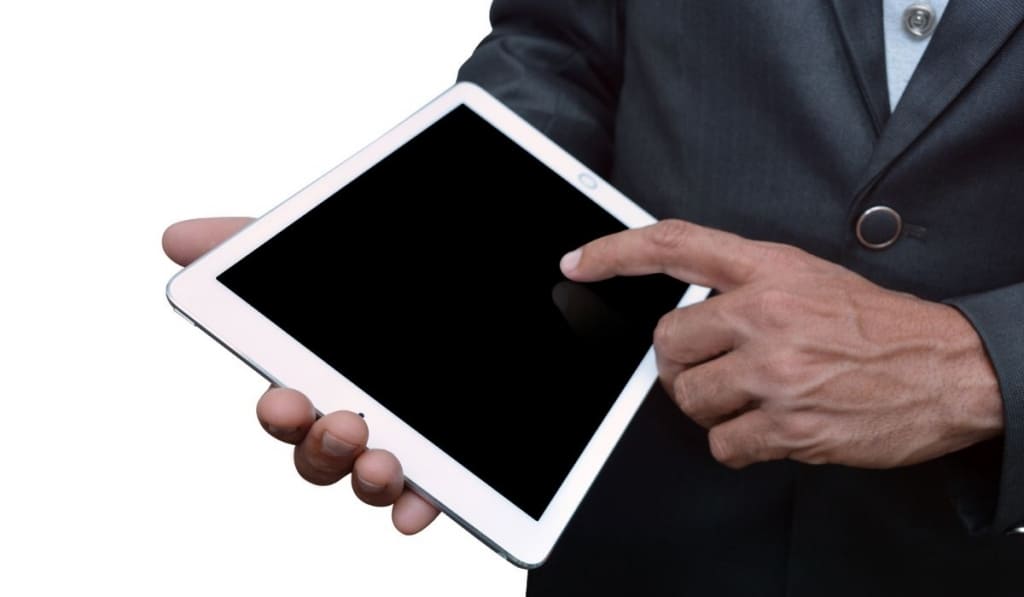Guide To Bypassing The Remote Management Lock On iPad/iPhone
There’s nothing more frustrating than having an iPad or iPhone that’s monitored by someone else’s MDM profile. Aside from limiting the use of your device, having a remote management lock also risks the security and privacy of your personal data. Luckily, there are several third-party apps that you can use to bypass a remote management lock on your iPad and iPhone.
You can’t bypass remote management lock on your iPad/iPhone directly through your device’s internal settings, but you can use third-party apps like iMyFone LockWiper and AnyUnlock to remove MDM restrictions. You can also jailbreak your device to bypass remote management lock, but doing so is risky.
A remote management lock allows administrators to remotely wipe, reset, or lock your device without being physically near it. Let’s look at what exactly remote management is and how you can remove MDM restrictions with and without jailbreaking your device, so that you don’t have to worry about the security and privacy of your data.
What Is Remote Management on the iPad?

Remote management is an MDM (Mobile Device Management) feature available on both iPads and iPhones that allows the device’s owners or managers to control it remotely. This means that with remote management, you won’t have complete control over your device.
IT administrators can use the feature to delete and add profiles from the system. They can also completely erase the device’s data without the user’s permission.
Most importantly, they can enforce several restrictions on app clip removal/addition, USB device connections, hotspot settings adjustment, notification settings, WiFi control, Bluetooth settings, wallpaper, screenshots, and much more.
However, it’s important to note that MDM is ideal for organizations and businesses. The feature allows them to monitor and control the devices they own and provide to their employees, ensuring the security of all sensitive documents and files.
Still, when it comes to the users themselves, such a system can become very frustrating to use. Also, if these businesses sell their devices, they’ll first have to delete the MDM profile so that the users can use the devices properly.
However, iPads and iPhones with MDM profiles are also available, so if you purchase one of them, then you’ll have to bypass remote management yourself.
Can You Remove Remote Management?
Unfortunately, you cannot directly remove or bypass remote management from your device’s internal settings if you don’t know the necessary password. Luckily, there are a few third-party apps that can help you remove remote management.
How to Bypass Remote Management on Your iPad
You can easily bypass remote management on your iPad by using iMyFone LockWiperiMyFone LockWiper. The app allows you to remove MDM profiles from your device and works with all iPad and iPhone models.
It’s also extremely easy to use and has a pretty intuitive interface, so you won’t have any problems bypassing remote management on your iPad, even if you don’t have a tech-savvy bone in your body.
With LockWiper, you don’t need to jailbreak your device or follow any extremely technical procedure to remove MDM profiles from your iPad. Furthermore, you can also use the app to remove an Apple ID and its password, bypass the Screen Time passcode, and bypass iPhone screen passcodes, including Touch IDs and Face IDs.
iMyFone LockWiper is also compatible with the latest iPhones and software, including iOS 15 and iPhone 13 (on Amazon). Here’s how you can use the app to bypass remote management on your iPad:
- Install iMyFone LockWiper’s premium version on your computer.
- Launch the app and click on ‘Bypass MDM‘ in the home interface.
- Connect your locked iPad to your computer with an original Lightning cable.
- Before starting the MDM bypassing process, make sure your iPad is on the MDM Remote Management screen. Then, select ‘Start to Bypass.‘
- LockWiper will now start bypassing the MDM on your device. Wait for the process to finish, after which you’ll be able to use your iPad without any restrictions.
How to Bypass Remote Management on Your iPhone
You can remove and bypass the MDM lock from your iPhone with AnyUnlock – iPhone Password Unlocker. The app is one of the best MDM removal tools available today as it ensures complete data retention, even after bypassing remote management.
Here’s how you can use AnyUnlock to bypass remote management on your iPhone:
- Download AnyUnlock’s latest version on your computer.
- Launch the app and select ‘Bypass MDM‘ on the home page.
- Select ‘Bypass MDM‘ again and connect your iPhone to your computer with a Lightning cable or USB cable.
- Select the ‘Bypass Now‘ button on the Bypass Mobile Device Management screen.
- Before starting the remote management bypassing process, make sure your iPhone is on its Remote Management screen. If your phone isn’t on the Remote Management screen, click on ‘Not Yet‘ and follow the on-screen instructions until your phone successfully shows the Remote Management screen.
- Select ‘Already Done‘ and wait a couple of minutes for the app to do its magic. Once remote management is bypassed on your iPhone, you’ll see a “Successfully Bypassed” page.
How to Bypass Remote Management on Your iPad (Only for iOS 13-Supported iPads)
You can also bypass remote management on your iPad with 3uTools. This software was specifically developed for getting rid of MDM restrictions, transferring data from your iPad or any other device to your computer, and downgrading or upgrading iOS firmware.
However, 3uTools has one big downside: It only bypasses remote management on iPads running on iOS 13. If your iPad has any other software version, the app won’t work, and you’ll have to use some other MDM removal tool to bypass remote management.
Here’s how you can use 3uTools to bypass remote management on your iPad:
- Install 3uTools on your computer and launch the app.
- Connect your iPad to your computer with a lightning or USB cable once it reaches the Remote Management screen. Wait until the software detects the device.
- Click on ‘Toolbox‘ from the top tab on the home page and select ‘Skip MDM Lock‘ from all the available options (under the ‘More Tools‘ heading).
- This will open a confirmation box. Select ‘Deactivate‘ to proceed.
- The software will then start removing all the MDM restrictions from the iPad and you just need to wait for the process to finish.
While 3uTools offers a very efficient way of bypassing remote management on the iPad, it’s important to note that it only works in incredibly limited cases.
Also, make sure you don’t reset your device after removing MDM restrictions, or your iPad will be stuck on the Remote Management Screen again.
Does “Jailbreaking” Remove Remote Management Lock?

Yes, jailbreaking your iPhone or iPad will remove the remote management lock. This is because jailbreaking basically means breaking your iOS device out of any restrictions that the manufacturer itself has placed it in.
Jailbreaking is commonly used to remove software restrictions and obtain completely unrestricted access to your iOS device. You can jailbreak your device, but keep in mind that you’ll need a computer, Checkra1n software, and SSH to successfully complete the process.
If you jailbreak your iPad or iPhone, you’ll be able to install custom apps that you weren’t previously able to use on the ‘default’ device. You’ll also be able to download and install free apps from the jailbroken App Store.
With a jailbroken device, you’ll be able to change texts, themes, and colors according to your choice as well. Most importantly, you’ll have the ability to delete preinstalled apps that would’ve been impossible to delete otherwise.
To put it simply, jailbreaking will allow you to control your iPhone or iPad exactly the way you want. But keep in mind that it’s not without its risks.
Risks of Jailbreaking
While jailbreaking seems like a quick and easy way to remove a remote management lock, it involves plenty of risks. Here are some of the most common ones:
- Loss of manufacturer warranty
- You can’t update your phone’s iOS until a jailbroken version becomes available
- Reduced battery life
- More vulnerability to security threats
- High risk of malware and virus infiltration
- Unreliable data connections, inaccurate data, and call drops
- Vulnerability to hackers
- Built-in features might start behaving strangely
- Jailbreaking might brick your iPhone or iPad
It’s important to note that after jailbreaking your iPhone or iPad, you won’t be able to use it as you normally did earlier.
If your device gets bricked, then you won’t be able to fix it with normal software as well, and you’ll probably need professional help to make it functional again. For this reason, it’s best to jailbreak your device only once the warranty period is over.